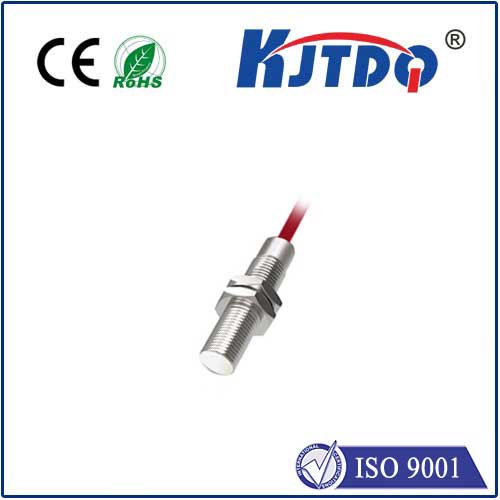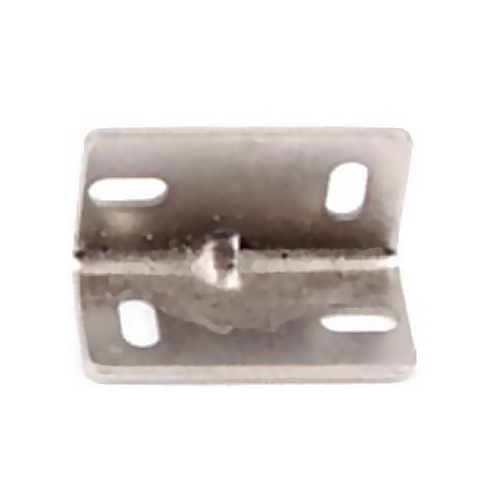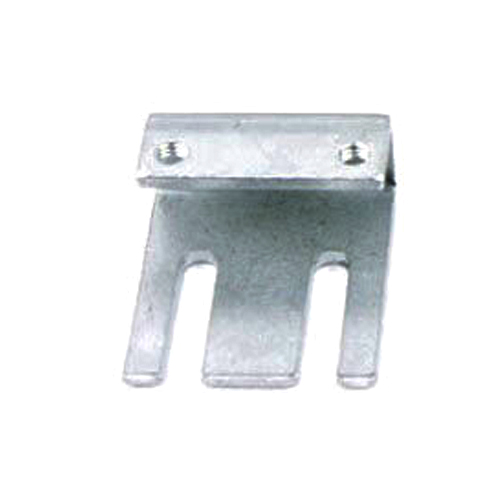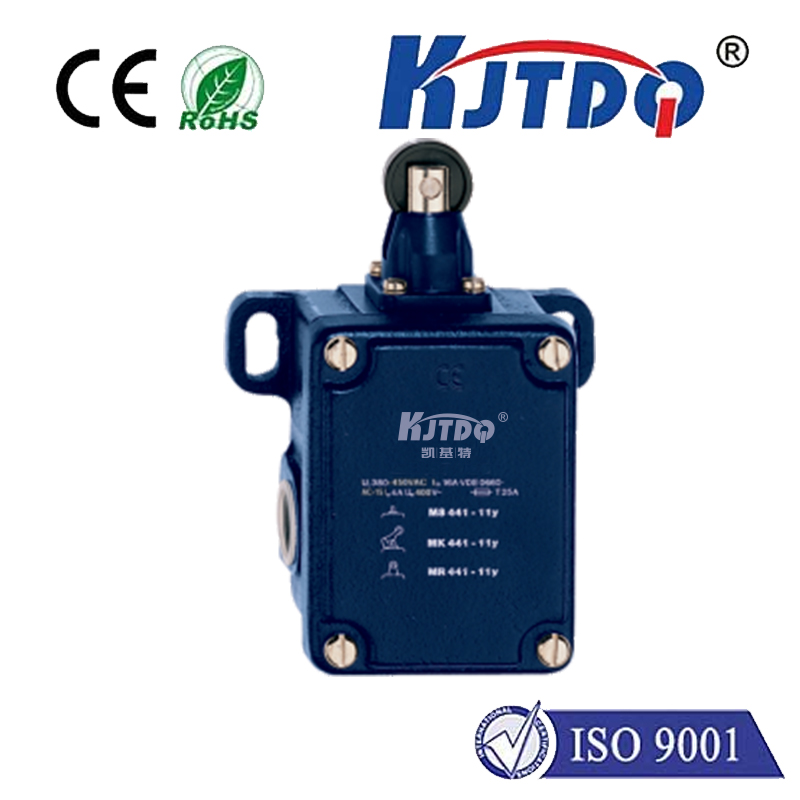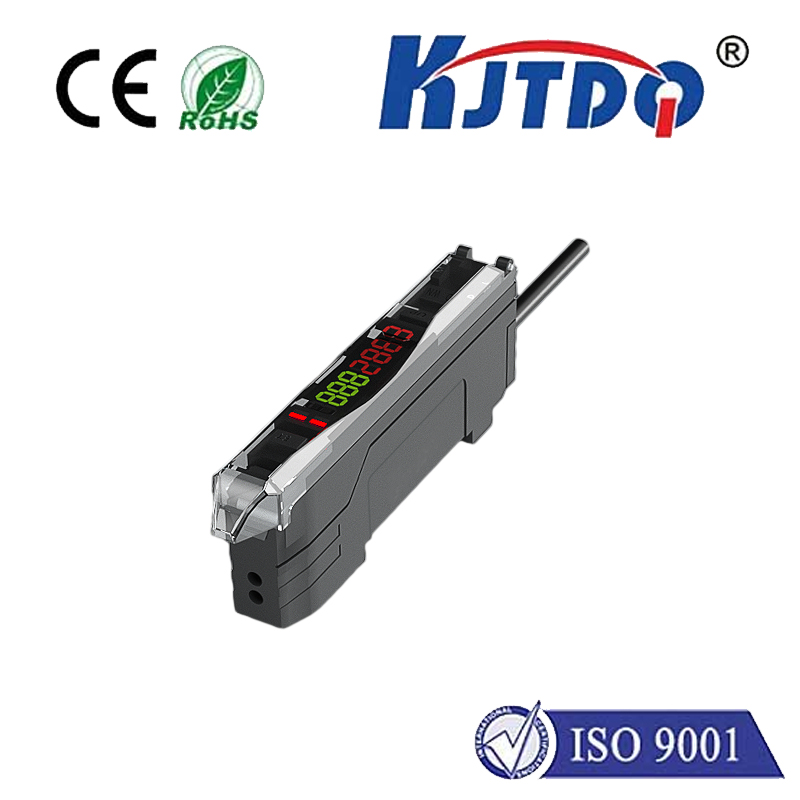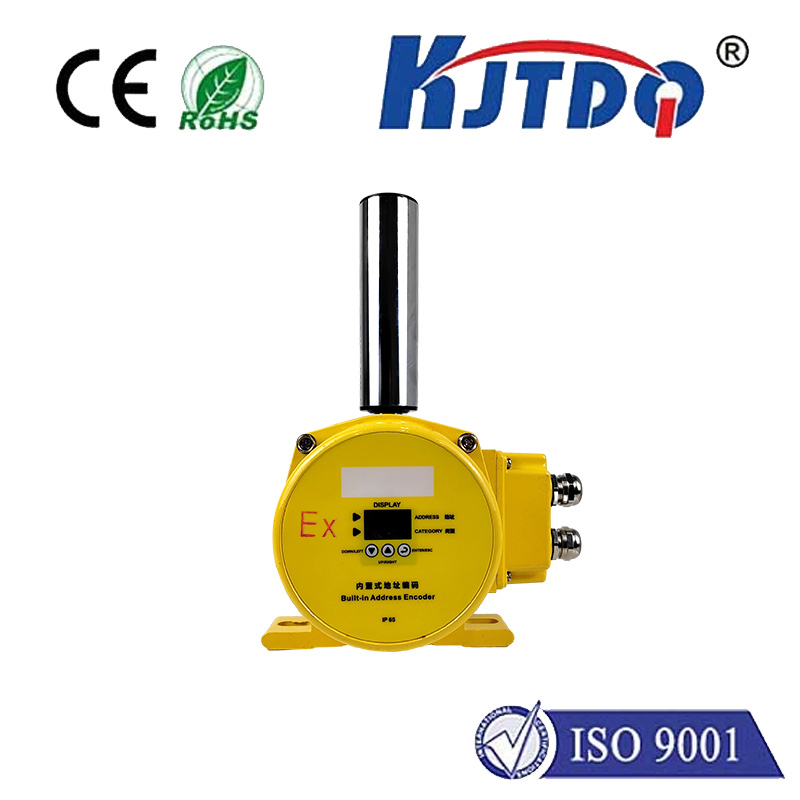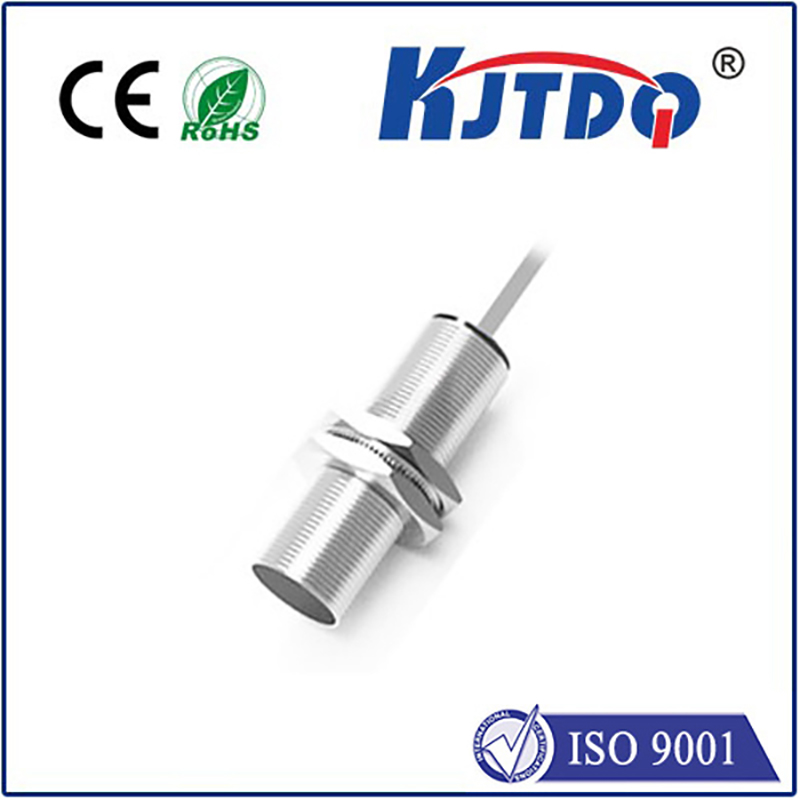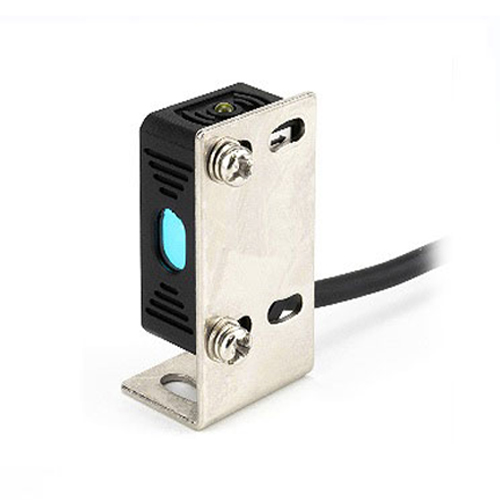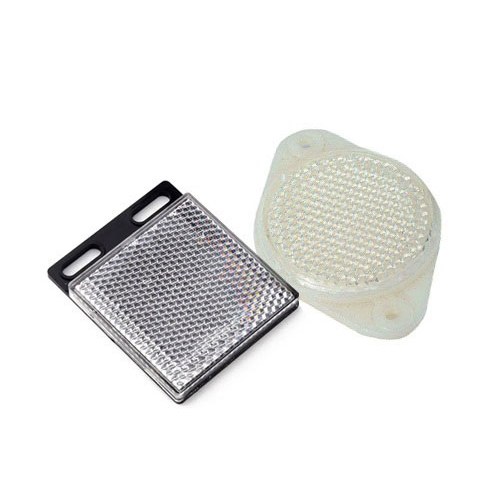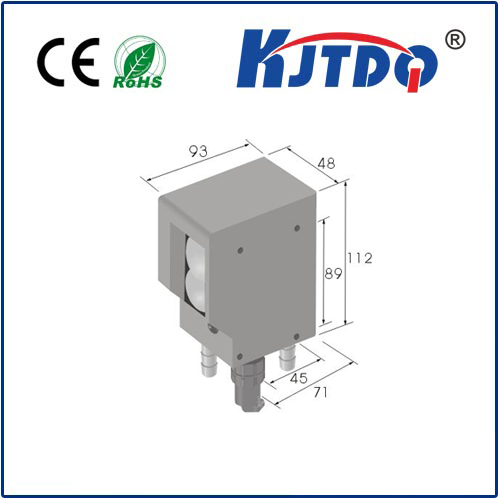BES02MC high pressure proximity sensor
- time:2025-10-09 09:12:05
- Нажмите:0
BES02MC Proximity Sensor: Mastering Detection in Extreme High-Pressure Environments
In the demanding world of modern industry, where processes operate at the threshold of material capabilities, accurate and reliable sensing isn’t just beneficial—it’s critical for safety, efficiency, and preventing catastrophic failure. This is especially true in environments characterized by crushing pressures, where standard sensors simply buckle under the strain. Enter the BES02MC High Pressure Proximity Sensor, a purpose-built solution designed to thrive where others cannot.
Imagine deep-sea drilling operations, the immense forces within high-pressure hydraulic systems, or the unforgiving conditions inside heavy forging presses. Standard proximity sensors can deform, malfunction, or provide inaccurate readings when subjected to these extreme loads. The consequences of failure here range from costly downtime and damaged equipment to severe safety hazards. The BES02MC proximity sensor addresses this fundamental challenge head-on, engineered specifically to deliver unwavering performance under tremendous pressure.
What Defines a High-Pressure Environment for Sensors?
While “high pressure” is relative, for proximity sensors, it typically refers to environments significantly exceeding standard atmospheric pressure (1 bar / ~14.5 PSI). Applications often involve pressures ranging from hundreds to thousands of PSI/bar. Conventional inductive or capacitive proximity sensors, while robust for many tasks, have housings and sensing faces not designed to withstand such sustained mechanical stress. Prolonged exposure can cause:

- Sensor Body Deformation: Altering the precise internal geometry critical for accurate sensing.
- Diaphragm Failure: Causing internal damage or allowing media ingress, leading to sensor death.
- Cracked Sensing Face: Directly compromising detection capability and sensor integrity.
- Signal Drift or Loss: Resulting in unreliable switching, missed detections, or false triggers.
The BES02MC: Engineered Resilience for Critical Detection
The BES02MC high pressure proximity sensor distinguishes itself through a core focus on structural integrity and performance under load. Key design elements overcome the limitations of standard sensors:
- Robust, Pressure-Optimized Housing: Constructed from high-grade materials like stainless steel, the BES02MC features a housing specifically designed to resist deformation. Its geometry and material thickness are calculated to withstand the specified high pressures without compromising internal components or the sensing field.
- Reinforced Sensing Face: The critical point of interaction with the pressure environment is massively fortified. This face is engineered to be significantly thicker and stronger than standard sensors, acting as a pressure barrier to protect the delicate internal electronics and coil assembly. This reinforcement is paramount for maintaining sensing distance accuracy and preventing implosion under load.
- Hermetic Sealing: Utilizing advanced sealing techniques (often involving specialized O-rings and welding), the BES02MC achieves a hermetic seal. This prevents the high-pressure medium (whether oil, water, gas, or hydraulic fluid) from penetrating the sensor cavity, safeguarding the sensitive electronics from contamination, corrosion, and short circuits.
- Precision Sensing Technology: Despite its ruggedness, the BES02MC maintains reliable inductive sensing principles. It excels at detecting the presence or absence of metal targets (typically ferrous metals) within its nominal sensing range, even when submerged or surrounded by high-pressure fluids. Its consistent switching point is vital for process control.
Where the BES02MC High Pressure Proximity Sensor Excels
This sensor finds indispensable applications wherever extreme pressure is a constant factor:
- Hydraulic Power Units & Cylinders: Monitoring piston position within high-pressure hydraulic cylinders, detecting end-of-stroke, or verifying component presence directly within pressurized oil lines.
- Oil & Gas Exploration/Production (Upstream): Deployed on subsea equipment, blowout preventers (BOPs), Christmas trees, and downhole tools where pressures can reach monumental levels.
- High-Pressure Testing Rigs: Providing crucial position feedback during pressure tests of valves, pipes, vessels, and aerospace components.
- Forging and Stamping Presses: Detecting die position, workpiece presence, or safety interlocks within the high-pressure confines of massive presses.
- Plastic Injection Molding: Monitoring ejector pins, core pulls, or clamp positions on machines where hydraulic clamping pressures are immense.
- Chemical & Petrochemical Processing: Position sensing within reactors, high-pressure pumps, and pipelines handling aggressive media under pressure.
The Tangible Benefits: Reliability, Safety, Longevity
Choosing the BES02MC translates into significant operational advantages:
- Unmatched Reliability in Harsh Conditions: Consistent operation under sustained high pressure minimizes false signals and unexpected downtime, ensuring continuous process flow.
- Повышение безопасности: Accurate position detection is crucial for preventing over-travel, ensuring interlocks function correctly, and avoiding equipment damage or operator hazards in pressure-intensive systems.
- Extended Service Life: The robust construction and hermetic sealing dramatically increase the sensor’s lifespan compared to standard sensors used beyond their pressure rating. This reduces replacement frequency and lowers the total cost of ownership.
- Maintained Accuracy: The reinforced design ensures the specified sensing distance remains reliable, providing precise control signals even under load. Accuracy is non-negotiable in critical applications.
- Corrosion Resistance: Often featuring stainless steel construction, the BES02MC provides excellent resistance to corrosion from oils, coolants, seawater, and many chemicals common in high-pressure environments.
Integration Considerations for the BES02MC
Deploying any sensor in extreme environments requires careful attention. For the BES02MC proximity sensor:
- Pressure Rating Verification: Always confirm the sensor’s specified maximum pressure rating (PN rating) exceeds the peak operating pressure of your application, including potential pressure spikes.
- Material Compatibility: Ensure the sensor housing and seal materials are compatible with the surrounding media (fluid type, temperature, potential chemical exposure).
- Electrical Connections: Utilize appropriate, robust cabling and connectors rated for the environment. Conduit seals are often necessary.
- Mounting: Ensure the sensor is securely mounted to withstand vibration and pressure-induced forces. Follow manufacturer torque specifications to avoid damaging seals.
- Target Considerations: As an inductive sensor, the BES02MC requires a ferrous metal target. Ensure the target size and approach meet the sensor’s specifications for reliable detection.
The BES02MC high pressure proximity sensor stands as a testament to precision engineering addressing a fundamental industrial challenge. It goes beyond mere presence detection; it’s a critical component enabling safe, efficient, and reliable operation in the most demanding pressure vessels, hydraulic systems, and subsea applications. When operating pressures push the limits, the BES02MC proximity sensor delivers the resilience and accuracy essential for uncompromising performance.

